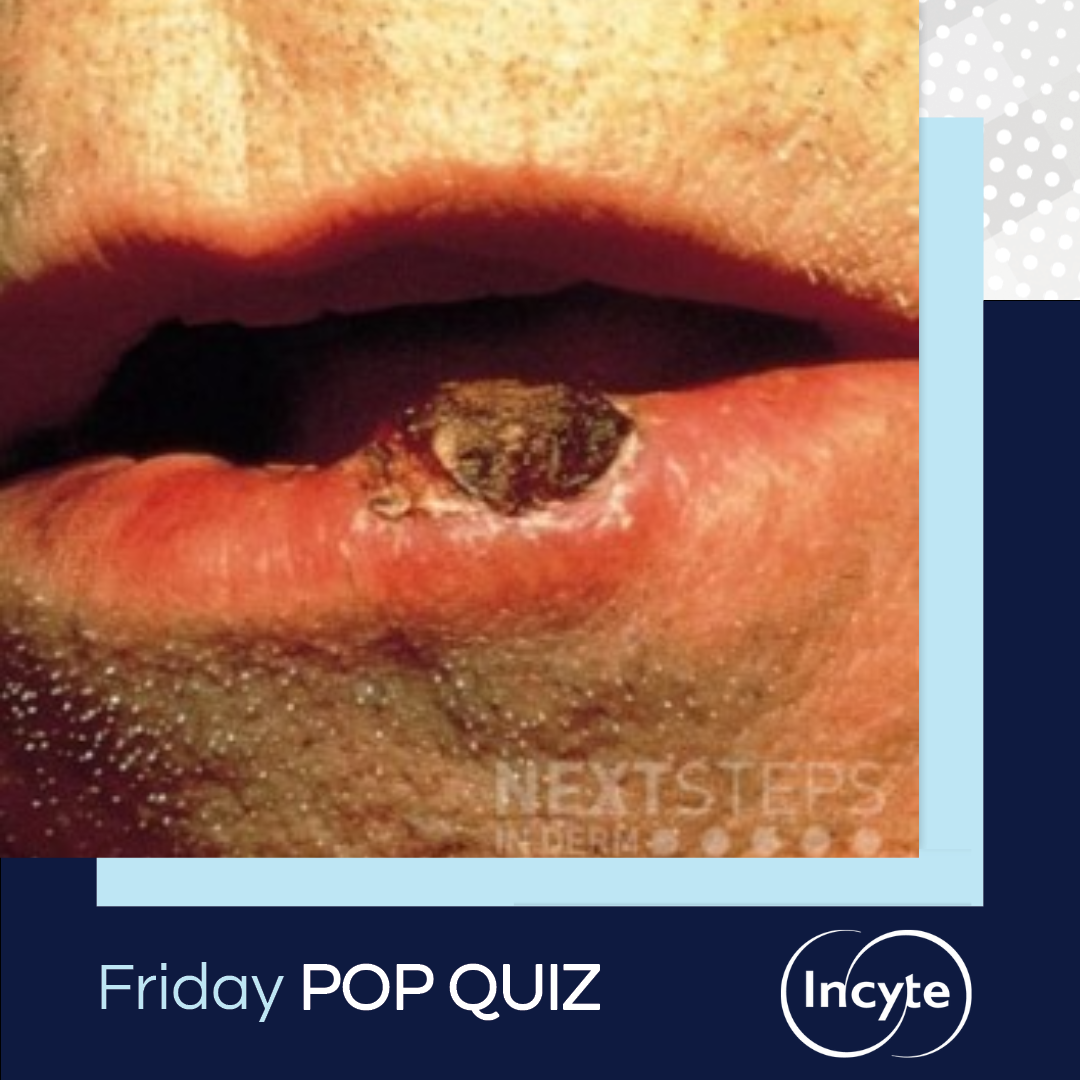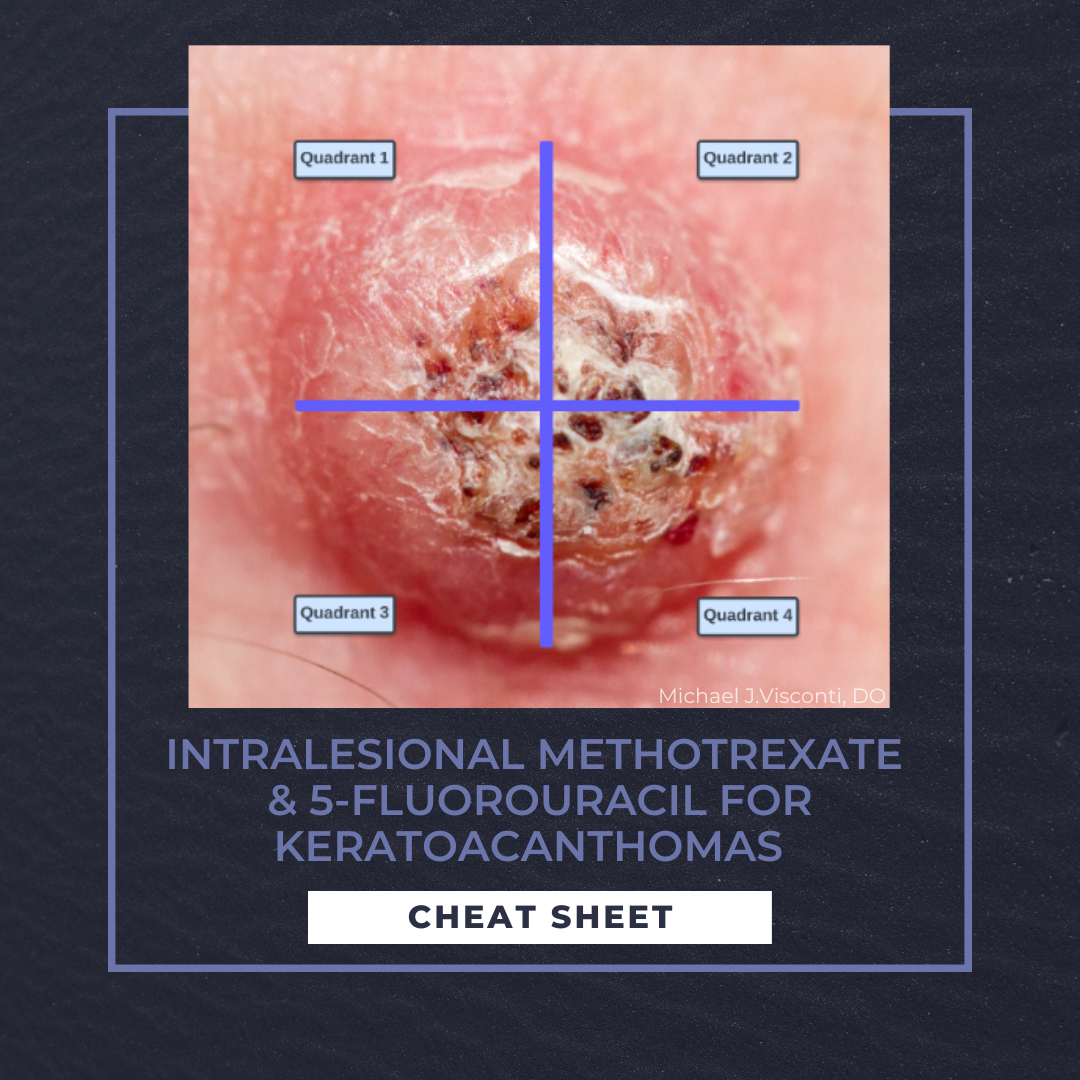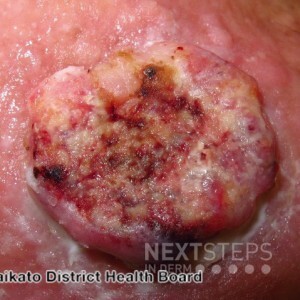Squamous Cell Carcinoma – Friday Pop Quiz 5/19/2023
175361753617536 A branch of which of the following nerves is most crucial to anesthetize prior to the excision of this squamous cell carcinoma?
A. Auriculotemporal nerve
B. Buccal nerve
C. Greater auricular nerve
D. Inferior alveolar nerve
E. Lingual nerve
To find out the correct answer and read the explanation, click here.
Brought to you by our brand partner
…
A branch of which of the following nerves is most crucial to anesthetize prior to the excision of this squamous cell carcinoma?
A. Auriculotemporal nerve
B. Buccal nerve
C. Greater auricular nerve
D. Inferior alveolar nerve
E. Lingual nerve
To find out the correct answer and read the explanation, click here.
Brought to you by our brand partner
…
 A branch of which of the following nerves is most crucial to anesthetize prior to the excision of this squamous cell carcinoma?
A. Auriculotemporal nerve
B. Buccal nerve
C. Greater auricular nerve
D. Inferior alveolar nerve
E. Lingual nerve
To find out the correct answer and read the explanation, click here.
Brought to you by our brand partner
…
A branch of which of the following nerves is most crucial to anesthetize prior to the excision of this squamous cell carcinoma?
A. Auriculotemporal nerve
B. Buccal nerve
C. Greater auricular nerve
D. Inferior alveolar nerve
E. Lingual nerve
To find out the correct answer and read the explanation, click here.
Brought to you by our brand partner
… Continue reading "Squamous Cell Carcinoma – Friday Pop Quiz 5/19/2023"


 The May issue of the Journal of Drugs in Dermatology (JDD) focuses on skin cancer and includes the perfect blend of original articles and case reports. Topics include actinic keratosis versus squamous cell carcinoma, the utility of gene expression profiling in skin cancer, the prevalence of sunscreen use, and many more. Check out this month’s issue highlights straight from the JDD Editor’s …
The May issue of the Journal of Drugs in Dermatology (JDD) focuses on skin cancer and includes the perfect blend of original articles and case reports. Topics include actinic keratosis versus squamous cell carcinoma, the utility of gene expression profiling in skin cancer, the prevalence of sunscreen use, and many more. Check out this month’s issue highlights straight from the JDD Editor’s …  The February issue of the Journal of Drugs in Dermatology (JDD) includes the perfect blend of original articles, case reports, and brief communications exploring topics such as efficacy and safety of 1% clascoterone cream in patients aged ≥12 years with acne vulgaris, dupilumab’s impact on atopic dermatitis among adolescent and adult patients, development and validation of a photonumeric scale …
The February issue of the Journal of Drugs in Dermatology (JDD) includes the perfect blend of original articles, case reports, and brief communications exploring topics such as efficacy and safety of 1% clascoterone cream in patients aged ≥12 years with acne vulgaris, dupilumab’s impact on atopic dermatitis among adolescent and adult patients, development and validation of a photonumeric scale …  Keratoacanthomas are a low-grade, well-differentiated variant of squamous cell carcinoma. Characteristically, their abrupt-onset and crateriform microscopic findings assist with their differentiation from more aggressive squamous cell carcinoma. While surgical treatment remains a viable and appropriate option for their management, clinical scenarios (described below) may portend to better outcomes …
Keratoacanthomas are a low-grade, well-differentiated variant of squamous cell carcinoma. Characteristically, their abrupt-onset and crateriform microscopic findings assist with their differentiation from more aggressive squamous cell carcinoma. While surgical treatment remains a viable and appropriate option for their management, clinical scenarios (described below) may portend to better outcomes …  A 65-year-old male patient with a history of chronic sun exposure presents with the lesion pictured that has developed over the past year. The histopathological findings are notable for enlarged keratinocytes infiltrating into the dermis. What type of mutation is most commonly seen in the pathogenesis of this tumor?
A. Transition
B. Transversion
C. Termination
D. Pyrimidine dimer
…
A 65-year-old male patient with a history of chronic sun exposure presents with the lesion pictured that has developed over the past year. The histopathological findings are notable for enlarged keratinocytes infiltrating into the dermis. What type of mutation is most commonly seen in the pathogenesis of this tumor?
A. Transition
B. Transversion
C. Termination
D. Pyrimidine dimer
…